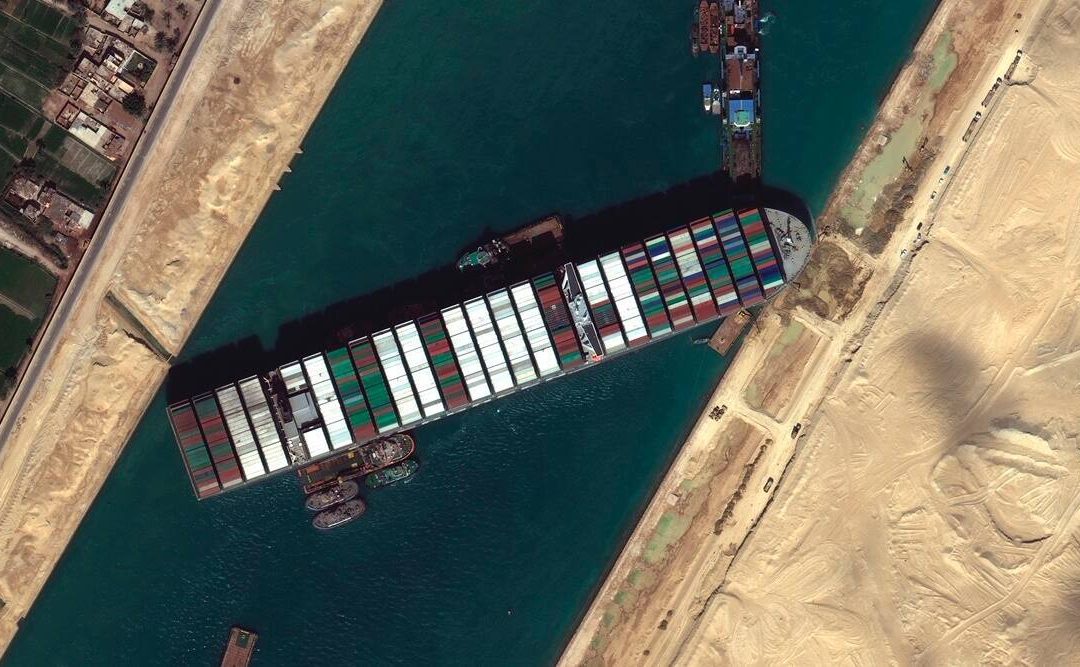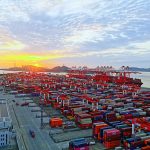Singapore and Malaysia
Bunker demand has been slow in Singapore over the past two weeks, according to a source.
VLSFO availability has improved, with most Singapore suppliers now recommending lead times of 2-5 days, down from 5–9 days last week. HSFO lead times are at 2-8 days, nearly unchanged from the previous week, while LSMGO lead times are steady at 3–5 days.
Singapore’s residual fuel oil stocks have remained stable with January levels so far this month, according to Enterprise Singapore. Fuel oil stocks have stayed above 20 million bbls, supported by a 15% rise in net fuel oil imports this month. Both imports and exports have declined, but imports have dropped by 485,000 bbls, which is significantly less than the 1.06-million-bbl decrease in exports.
Meanwhile, middle distillate stocks in Singapore have risen to average 14% higher so far this month.
In Malaysia’s Port Klang, VLSFO and LSMGO supplies are abundant, with prompt small-quantity deliveries readily available. However, HSFO supply remains limited.
East Asia
Recommended lead times have come down for bunker deliveries in Zhoushan amid a slowdown in demand. VLSFO and LSMGO deliveries now require about three days of lead time, down from four days last week. HSFO supply has improved, with lead times dropping from around 10 days last week to just three days now.
In northern China, Dalian and Qingdao suppliers have ample volumes of VLSFO and LSMGO, though HSFO is scarce in Qingdao. Tianjin is experiencing tight availability of both HSFO and VLSFO, while LSMGO supply remains stable.
In Shanghai, LSMGO supply is ample, but VLSFO and HSFO availability is under pressure. Fuzhou has good availability of both VLSFO and LSMGO, while in Xiamen, VLSFO supply is ample, but LSMGO is limited.
At Yangpu and Guangzhou, prompt deliveries of VLSFO and LSMGO remain constrained.
At several Taiwanese ports, including Taichung, Kaohsiung, Keelung and Hualien, VLSFO and LSMGO deliveries require lead times of about 2-3 days, which is nearly unchanged from last week.
In Hong Kong, lead times for all fuel grades remain steady at around seven days, consistent with recent weeks. However, bunker deliveries could be disrupted by adverse weather conditions expected from 19-23 February.
All fuel grades remain readily available at South Korean ports, with several suppliers recommending lead times of 4-6 days. However, strong winds and high waves forecast from 21-24 February could disrupt bunkering operations at Ulsan, Onsan, Busan, Daesan, Taean and Yeosu.
In Japan, VLSFO is widely available in major ports, including Tokyo, Chiba, Yokohama, Kawasaki, Osaka, Kobe, Sakai, Nagoya and Yokkaichi, though prompt supply is limited in Mizushima.
LSMGO supplies remain stable, but securing prompt deliveries can be challenging in Osaka, Kobe, Sakai, Nagoya, Yokkaichi and Mizushima. Similarly, prompt HSFO availability is tight across several Japanese ports.
Meanwhile, in Oita, all fuel grades are subject to availability.
Subic Bay in the Philippines may experience inclement weather from 19-24 February, which could disrupt bunkering operations. Similarly, adverse weather on 24 February may impact bunkering in Thailand’s Koh Sichang and Laem Chabang ports, while Vietnam’s Hai Phong could be affected on 22 February.
Oceania
In Western Australia, VLSFO and LSMGO supplies are ample at Kwinana, Fremantle and Kembla ports, with standard lead times of 7–8 days.
In New South Wales, LSMGO availability in Sydney remains stable, though HSFO may require longer lead times.
In Victoria, suppliers in Melbourne and Geelong have sufficient VLSFO and LSMGO stocks, but securing prompt HSFO deliveries can be challenging.
In Queensland, suppliers in Brisbane and Gladstone have adequate VLSFO and LSMGO stocks, with recommended lead times of 7–8 days. However, HSFO availability in Brisbane remains limited.
Ports along the Pilbara coast reopened over the weekend following Tropical Cyclone Zelia. Barrow Island, Port Walcott and Onslow are now open with caution, while Ashburton, Broome, Cape Preston West, Dampier, Port Hedland and Varanus Island have been declared clear, according to GAC Hot Port News.
In New Zealand, Tauranga and Auckland have good VLSFO stocks, while Auckland also has ample LSMGO availability. However, rough weather conditions are forecast in Tauranga between 21-22 February, which could disrupt bunker operations.
South Asia
Fuel oil exports to Sri Lanka and rising domestic bunker demand have tightened VLSFO supply across several Indian ports, according to a source.
Sri Lanka imported approximately 374,000 b/d of fuel oil from India in December, a sharp rise from 4,000 b/d across November and October. In January, imports surged by 33% to 497,000 b/d, according to cargo tracker Vortexa.
Increasing demand for fuel oil has further strained bunker supply at several Indian ports. VLSFO is subject to enquiry in multiple locations, including Kandla, Mumbai, Tuticorin, Chennai, Visakhapatnam and Cochin. A supplier in Paradip and Haldia is nearly out of stock.
Meanwhile, adverse weather conditions in Sikka port may disrupt bunker operations on 19 February.
In Sri Lanka’s Colombo, lead times for all fuel grades remain around seven days, unchanged from last week. In Hambantota, lead times have decreased from nine days last week to about six days.
Middle East
In Fujairah, prompt availability remains tight despite weak demand, with lead times for all grades holding steady at 5-7 days, unchanged from last week. Similarly, suppliers in Khor Fakkan are recommending 5-7-day lead times for all fuel grades.
In contrast, Jeddah port in Saudi Arabia has adequate supplies of both VLSFO and LSMGO.
Bunker deliveries in Yanbu may be affected by bad weather on 20 February, while Egypt’s Port Said could face weather-related disruptions between 21-22 February.
In Djibouti, VLSFO supply is under pressure, whereas LSMGO is more readily available.
At Omani ports, including Sohar, Salalah, Muscat and Duqm, LSMGO supplies are ample, with prompt deliveries available.
Source: By Tuhin Roy, ENGINE






